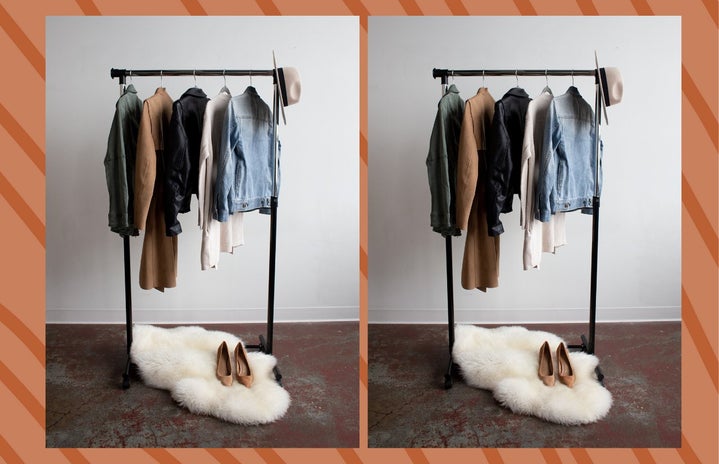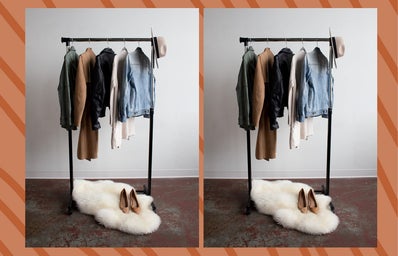The classic ready-to-wear fashion brand, Michael Kors, announced on September 25 that it will buy Versace, the Italian luxury fashion company, for $2.1 billion. It’s no secret that there have been mixed emotions expressed since the decision was made.
Considering the world’s growing luxury market, Michael Kors wants to be a part of that higher industry. Right now, their annual revenue is $850 million. Their goal is to increase that number to $2 billion over the next couple of years, as well as get their products into 100 more retail stores, Kors explained in a statement to The New York Times. They will then have items on the full spectrum of both style and price.
Photo courtesy of Bespoke Textiles
Once the deal is finalized, Michael Kors will change its name to Capri Holdings Limited, inspired by the beautiful Italian island of Capri. The expectations are set high by customers as they wait to see if the company will meet the breathtaking looks of the destination that it will be correlating with its new name.
The controversy comes into the news when people compare each brand’s image and individuality and how combining them under one roof will add or take away from those individual images.
Photo courtesy of Drake Bell’s Twitter
There’s one word that is commonly used by fans to describe Versace: iconic. If you look at the designs over their 40-year existence, it is a collection of out-of-the-box patterns, textures not normally sewn together (yet somehow paired perfectly) and glamorous colors. Versace is extremely exclusive and mainly seen on celebrities like Jennifer Lopez. On the other hand, Michael Kors has more of an all-American look. Their handbags, accessories, and shoes can be recognized anywhere, normally by the distinguished “MK” logo. Their products go with anything and everything, making for the perfect finishing touch on an outfit.
Photo courtesy of Glamour
There’s no doubt each brand has earned the high status and success that it has today. But what will the product of combining two paradox of designers come to be? Some customers are worried Versace will lose the glitz and glam that it’s known to possess. Others think it’s a smart move for the companies to expand their markets.
Photo courtesy of Michael Kors’s Instagram
This raises a larger question as to if fashion houses really should buy out other fashion houses. They are clearly allowed to, as money holds the power to negotiate these deals, but are we seeing a trend in what it does to the actual reputation of fashion?
Everything companies work up to be for several, even hundreds, of years, could be thrown out the window. It’s arguable that some companies don’t deserve to take a brand as their own that’s already been created, as opposed to starting fresh with their own ideas. Putting an already-established “look” into the hands of a completely new designer is a great risk because it may cause distaste for fans of the original designs. Over the years as new generations grow up to be the main buyers, they will only have pictures, and the occasional treasure found at a thrift store, to see what some brands were once truly like.
However, in today’s media world, collaboration is key for all types of businesses. Music artists make partnerships with brands to wear their products (cue “Versace” by Migos), athletes get sponsored by athletic wear companies and sports drinks, makeup brands get celebrities to come out with an exclusive line, and the list goes on. It gives increased exposure to both companies and opens their products to a broader market. It’s a win-win situation. So if these companies are working together across all fields of entertainment, why not fashion companies do it with their peers?
Photo courtesy of Style Caster
Although the Michael Kors and Versace deal has caused a lot of talk, we can’t forget all the other deals made prior to this one: Louis Vuitton and Prada buying Fendi, Gucci buying Alexander McQueen and Coach buying Kate Spade, just to name a few. They aren’t the first to do it, but definitely one of the first to cause much controversy and raise further questions.
It’s no doubt our world will continue to evolve, and it’s even less of a doubt that fashion will be right there with it, if not steps ahead, to continue changing the game for consumers.



